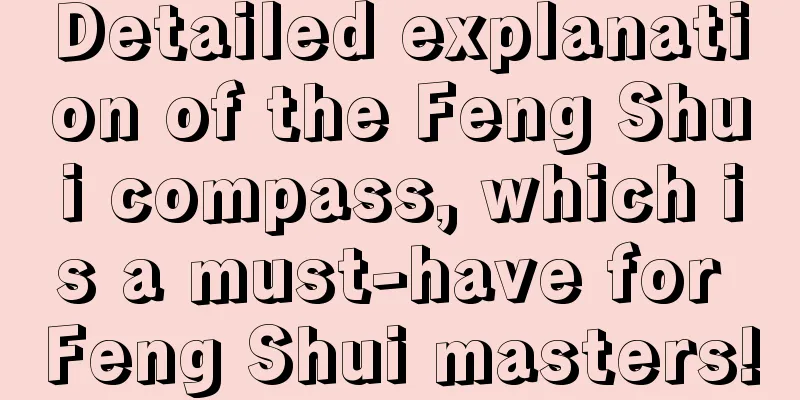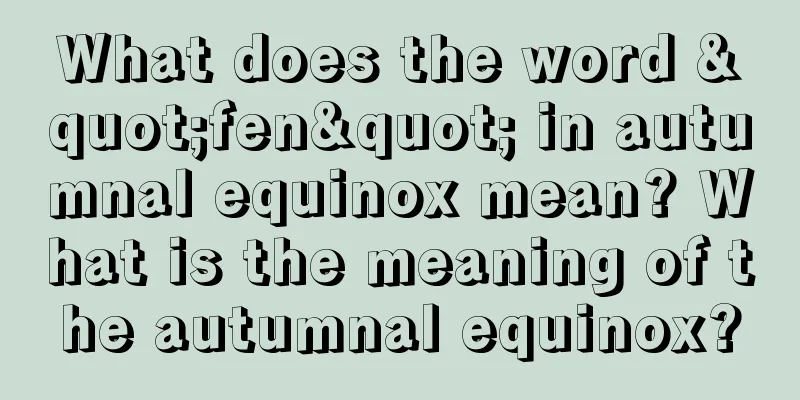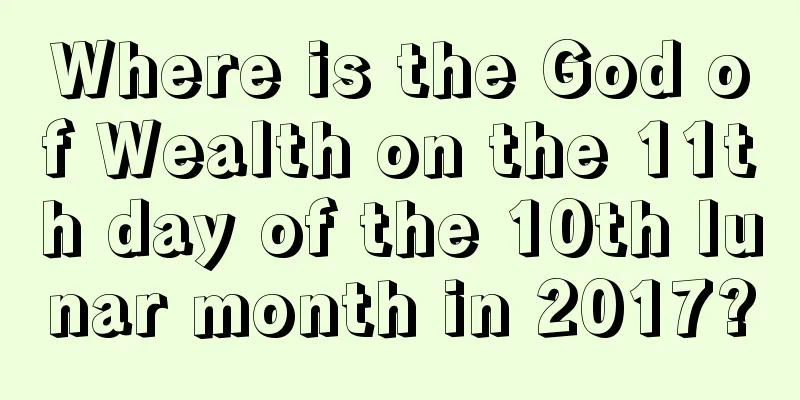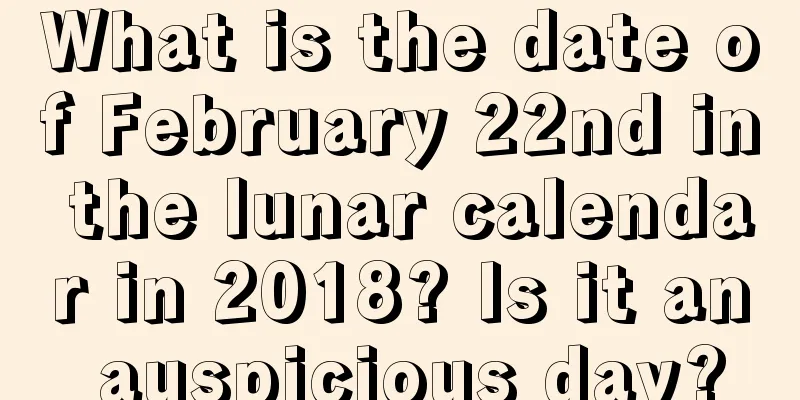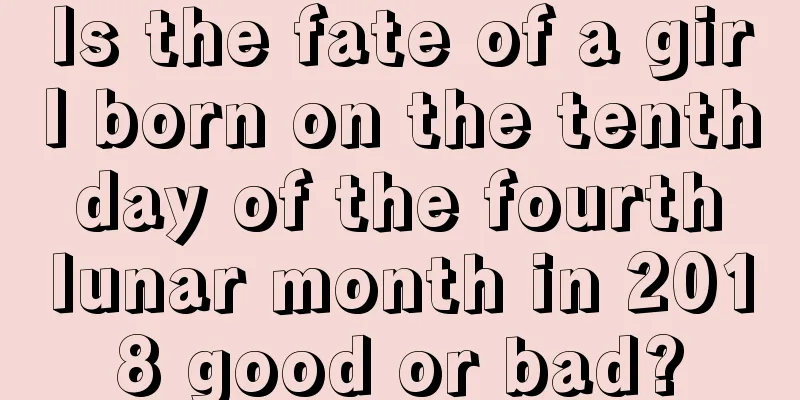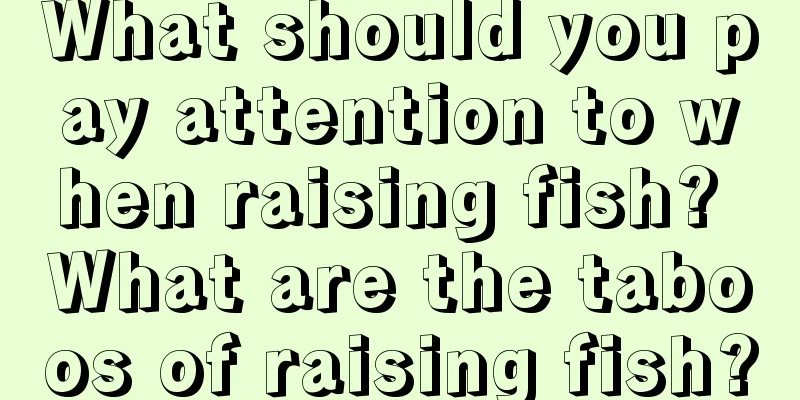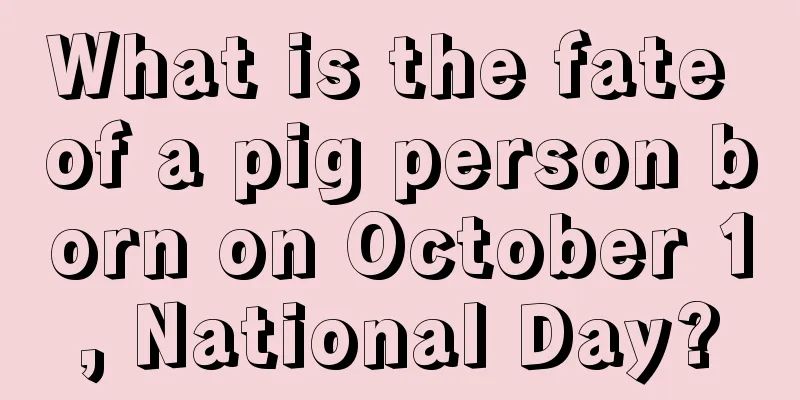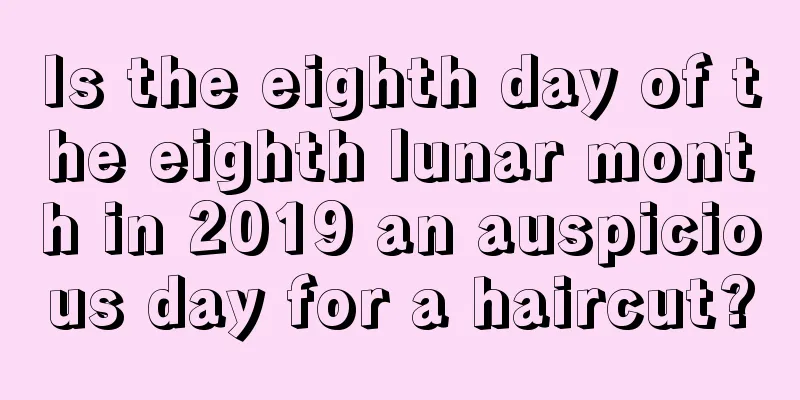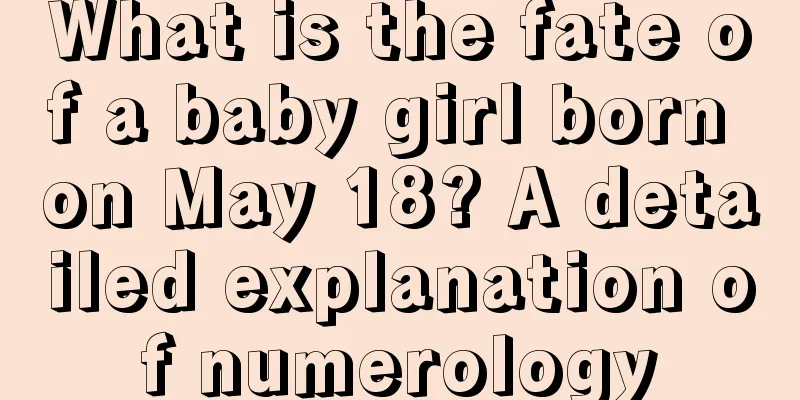|
Introduction: Feng Shui compass, also known as compass, Luojing, Luogeng, compass disk, etc., is composed of Tianchi (compass), ten paths of Tianxin and inner disk. The whole disk can rotate back and forth. It is a measuring tool used by Feng Shui masters to establish the pole and direction when calculating Feng Shui. Let’s learn about the Feng Shui compass below! Mr. Shui Mo has carefully prepared for you a special topic consisting of articles related to the compass. If you want to know more about the articles about the compass, just click in and take a look. The sky plate and the earth plate symbolize that the sky is round and the earth is square. Compass on the sky plate. Feng Shui masters call it the correct needle. The direction pointed by the needle is not actually due south. In order to determine due south, a sewing needle was set up. A magnetic declination is formed between the sewing needle and the positive needle.
The key to using a compass is to read the needle. If you want to know the direction of a certain cave or a house, place the compass on the stone tablet of the cave, or in the middle of the door of the house, or in the patio of the yard, and pad it with three inches of rice, press the rice into a horizontal plane, and place the compass on the rice. Clear away metal objects around and wash the celestial disk with clean water. Throw the pointer two or three times to see if it points to the same direction (the meridian). Just like Chinese medicine pulse diagnosis, the Feng Shui master summarized the shaking of the needle into "Eight Wonders": One is fear; One is floating and unstable; One does not return to the center line. This indicates that there are ancient artifacts underground. Two Dui means protruding, and the needle is horizontal, not returning to the north and south, which means there is metal underground. The third deception is fraud; the needle turns unsteadily. Probe four times, strike and throw, half sinking and half floating. The fifth one is missing, which means there are bronze artifacts underground. Liu Sui means disharmony, the needle floats and moves randomly. Seven sides, not jade, leaning to the east or weaving to the west. Eight straight lines, collect the center line. The first seven wonders are all unlucky. Only the eighth is auspicious. If a Feng Shui master wants to determine the direction of water, he will use the red line (some use white line) in the middle of the compass (tray) to indicate the intersection of the water outlet, and then rotate the circular compass to make the magnetic needle parallel to the bottom of the Tianchi Sea. Then he will see what word the red line points to on the circular disk, and he can infer the good or bad luck of the direction based on Feng Shui theory. If the direction is not right, I need to adjust the compass until it is right. This method is used for Gelongsha, acupuncture points and house construction.
The circles on the disc may be simple or complex. There are at least three floors and at most more than forty floors. Each layer has words or symbols, each with a specific meaning. There are different compasses in the coastal areas of Zhangzhou, Fujian, Xingning, Guangdong, and in the inland areas of Xiuning, Anhui, and Suzhou, Jiangsu.
Detailed explanation of Feng Shui compass and how to use the compass The first layer is the Tianchi, which is Tai Chi, or Wei Tiandi. The magnetic needle is in the center, with the red head pointing to the south and the black head pointing to the north. Feng Shui masters believe that: Tai Chi creates all things, one is Tai Chi; two is two principles (yin and yang, Qian and Kun); three is three treasures (heaven; earth, man); four is four images (east, south, west, north); five is five elements (gold, wood, water, fire, earth); six is six Jias (jia zi, jia xu, jia shen, jia wu, jia chen, jia yin); seven politics (sun, moon, five stars); eight is eight trigrams (qian, kun, gen, xun, zhen, kan, dui, li); nine is nine stars (wen, po, lian; lu, ju, wu, bi, tan, fu); ten is the number nine plus one in the Luoshu. The Feng Shui master also believes that establishing rules, weighing the importance of things, and forming squares and circles all begin with the golden needle and the Tianchi. If the compass does not have the Tianchi, then the north and south directions will be uncertain, yin and yang will be indistinguishable, the Eight Trigrams and Nine Palaces will be indistinguishable, and there will be no way to determine the dragon's direction and qi. When the golden needle moves, it is yang; when it is still, it is yin. Zi and Wu are divided into two images, the two images combined with Mao and You are four images, the four images combined with the four dimensions are eight trigrams, and the eight trigrams determine the directions. Thus, the way of heaven is completed, the way of earth is flat, and the way of man is established.
The second layer is gossip. It may be the innate Bagua or the acquired Bagua. There are four yin and four yang in the Eight Trigrams, each with its own direction. The directions of the innate Bagua and the acquired Bagua are different. The Postnatal Eight Trigrams are also combined with the Luoshu, and its content is very complex. When looking at the geomancy, a Kan dragon should not be placed in the Chen direction, a Kun dragon should not be placed in the Mao direction, a Zhen dragon should not be placed in the Shen direction, a Xun dragon should not be placed in the You direction, a Gan dragon should not be placed in the Wu direction, a Dui dragon should not be placed in the Si direction, a Gen dragon should not be placed in the Yin direction, and a Li dragon should not be placed in the Hai direction.
The third level has nine stars. In ancient times, there were different opinions about the Nine Stars. Some believed they were the four directions and five stars, while others believed they were the Big Dipper and two auxiliary stars. The nine stars in Feng Shui are Tan, Ju, Lu, Wen, Lian, Wu, Po, Fu and Bi (dead or warm), which are coordinated with the twenty-four directions and the five elements to form Gen Bing Tan Lang wood, Xun Xin Ju Men earth, Gan Jia Lu Cun earth, Kun Yi Fu Zhou wood, Kan Chen Shen Gui Po Jun gold, Dui Ding Si Bing Wu Wu Qu gold, Li Ren Yin Xu Wen Qu water, Zhen Geng Hai Wei Lian Zhen fire.
The fourth layer of stars. There are 24 celestial stars in total, including Tianhuang, Tianwei, Tiangui, Tianyi, Shaowei, Tianhan, Tianguan, Tianzhan, Tiandi, Nanji, Tianma, Taiwei, Tianping, Taiyi, Taigang, Tianguan, Tianming, Tianyuan, Tianbang, Tianshi, Tianchu, Tianhan, Tianlei and Tianfu. The Heavenly Ghost may be the Tiankui, the Heavenly Garden may be the Yangji, the Heavenly Han may be the Yinguang. Tianyi is Tianyi, Tianji is the North Star, Tianhan is the Milky Way, Tianbang and Tianhan are from "Records of the Grand Historian: Book of Celestial Officials". Feng Shui masters believe that the signs in the sky indicate good or bad luck. They take shape in the sky, on the ground, and are reflected in the twenty-four mountains below. Stars can be good or bad, so there can be good or bad luck. Among all the stars, Ziwei, Shaowei, Tianshi and Taiwei are the four noble celestial stars. Except Shaopo, the other three all have the evidence of establishing a map and building a capital. Whenever the stars shine down on the underground cave, it will be auspicious if gold, wood, water, fire and earth are in harmony; otherwise, it will be inauspicious.
The fifth level of the earth has twenty-four positions. This is the inner disk, also known as the main needle. The twenty-four directions are composed of eight heavenly stems, twelve earthly branches, and Qian, Kun, and Xun. Why did we choose the number twenty-four? The Feng Shui master believes that this is the number of heaven and earth. The number of heaven is twenty-five minus one, and the number of earth is thirty minus six, both are twenty-four. This number corresponds to the twenty-four solar terms in the sky and the twenty-four mountain directions on the earth. The arrangement of the twenty-four directions is: due north Kan hexagram Wang Zigui, northeast Min hexagram Chou Gen Yin, due east Zhen hexagram Jia Mao Yi, southeast Xun hexagram Chen Xun Si, due south Li hexagram Bing Wu Le, southwest Kun hexagram Wei Kun Shen, due west Dui hexagram Geng You Xin, northwest Qian hexagram Xu Gan Hai. The purpose of the twenty-four positions is to determine the direction of mountains and water. When the intraday index points to a certain solar term, the vitality will be present on the corresponding side. The direction pointed by the needle is the magnetic meridian. It reflects the position of the earth, so it is also called the ground.
Detailed explanation of Feng Shui compass and how to use the compass. The sixth level is the twenty-four solar terms. The twenty-four solar terms begin with Gen in the beginning of spring and end with Chou in the great cold, which are used to deduce the five elements of gold, wood, water, fire and earth, and to observe Shaoyin, Shaoyang, Taiyin and Taiyang. The seventh level is 72 mountain penetrations. Sixty Jiazi plus eight Gan and four Wei make a total of seventy-two, which are called Chuanshan, corresponding to the seventy-two solar terms. The seventy-two dragons are distributed under the twenty-four positions, with three dragons under each position and six Jias under the twelve branches. To penetrate the mountain is to penetrate the dragon. Only after figuring out which stem and branch the dragon belongs to can we tell good from bad. The so-called Ren Mountain can only be located in the Guihai and Jiazi directions; the Zi Mountain can only be located in the Bingzi and Gengzi directions. The eight stems and four dimensions are in the empty spaces. If the indexes are in these spaces, it will be bad luck.
The eighth level is gold division. Under the twenty-four mountains of the main needle, there are five positions for each mountain, totaling one hundred and twenty, which are used to avoid the lonely and empty tortoise shells, and are called dividing gold.
The ninth layer has twenty-four people in the middle plate, also known as the middle needle plate. The Feng Shui master believes that heaven and earth came first, and then humans, so the human plate is located in the middle of the heaven and earth plates, and Zi and Wu are aligned between Ren Zi and Bing Wu in the inner plate. It is half a grid to the right of the twenty-four mountain directions and belongs to the North Pole meridian. Feng Shui masters call it the upper limit of the celestial stars, which determines the advance and retreat of fortune, and the lower limit of the mountains and rivers, which determines the fate of the land veins.
The tenth floor is the same as the eighth floor, but slightly offset. The eleventh floor is sixty dragons through the ground. Feng Shui masters believe that: it is as penetrating as dust being blown out through a tube, and air comes out from the orifices. The five elements flow across the earth, giving rise to all things. When the land has auspicious energy, the soil will rise accordingly. Qi penetrates the earth. If the Qi is strong, the earth will become high; if the Qi is weak, the earth will become flat; if the Qi is clear, the earth will become transparent and beautiful; if the Qi is turbid, the earth will become dark. Then came evil. When fiddling with the dial, there are different interpretations of the sixty dragons. If Jiazi is revealed and hits the mountain, the girl will be mute and the boy will suffer from tuberculosis; if Bingzi is revealed, the boy will be rich and noble, etc.
The twelfth level of mantra. Combined with the sixty dragons that penetrate the earth, it is used to interpret good and bad luck, such as "Jia Zi, Qi, Ren and San Hai, it is a small mistake. Jia Zi clashes with the mountain, causing yellow swelling, madness, mute women and tuberculosis men. If there is mud in the coffin in the upper water, there will be verbal disputes and legal disputes in the years of Si, You and Chou."
Thirteenth level, twelfth time. Ancient philosophers divided the celestial sphere into twelve parts to observe the movement of the sun, moon, and five planets, as well as the solar terms. The twelve times are roughly determined according to the constellations, and their names are Shouxing, Dahuo, Ximu, Xingji, Xuanxiao, {Nvqu} Zi, Jianglou, Daliang, Shichen, Queshou and Que, the fourteenth layer of the twelve divisions. Ancient philosophers coordinated celestial phenomena with certain places on the ground, which is the concept of division of the sky. Feng Shui master believes that if you are good at guessing directions, you can get good luck.
The fifteenth layer of outer disk stitches. The outer plate Pan Ziwu is between the inner plate (correct needle) Zi Gui and Wu Ding, so it is called sewing needle. Some Feng Shui masters advocate the use of sewing needles, believing that sewing needles are more accurate than regular needles, and can eliminate incoming water and determine the direction of prosperity and decline. The needle points to the shadow of the table at noon. Since the north-south direction it measures is the light and shadow of the sun, it is also called Tianpan 1.
The sixteenth floor is slightly offset from the eighth floor.
The seventeenth floor is slightly offset from the eleventh floor.
The eighteenth level of the five elements.
The nineteenth level of the Zhoutian Sudu. Ancient philosophers used the twenty-eight constellations as the basis for measuring the sky. The twenty-eight constellations are Jiao, Kang, Shi, Fang, Wei, Ji; Dou, Niu, Nu, Xu, Wei, Shi, Bi; Kui, Lou, Wei, Ang, Bi, Zi, Shen; Jing, Gui, Liu, Xing, Zhang, Yi, Zhen. They are distributed on the compass at a certain degree, with a total circumference of 365 degrees.
Summary: The above is the introduction of Feng Shui compass brought to you by the editor. If you are interested, you can refer to the special topic about compass in Mr. Shui Mo! I hope the above content can help everyone!
|
